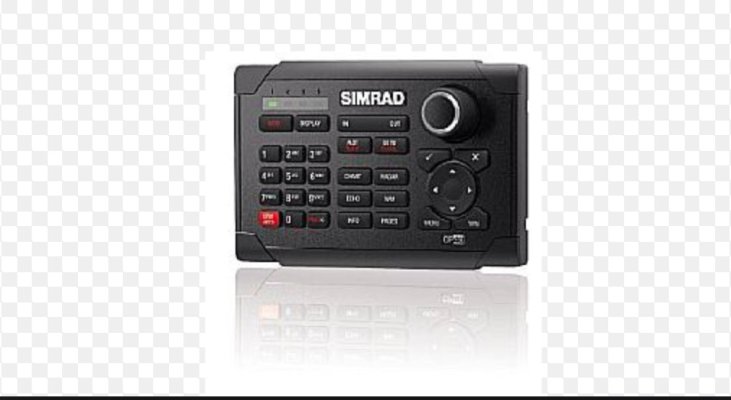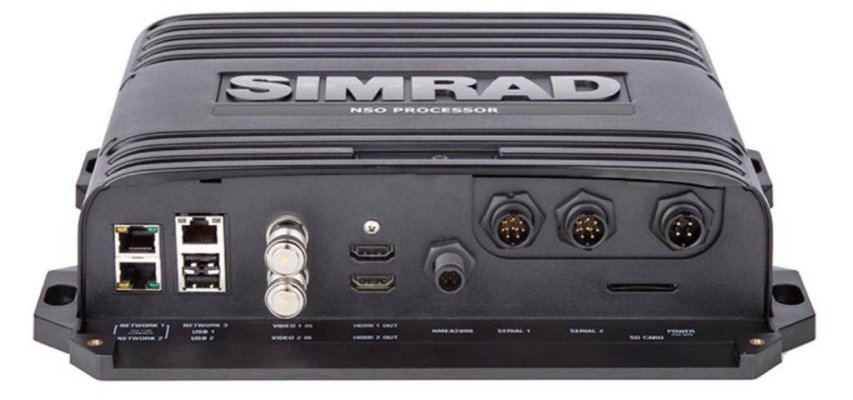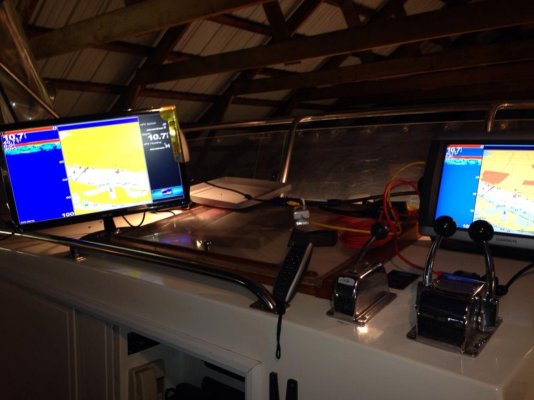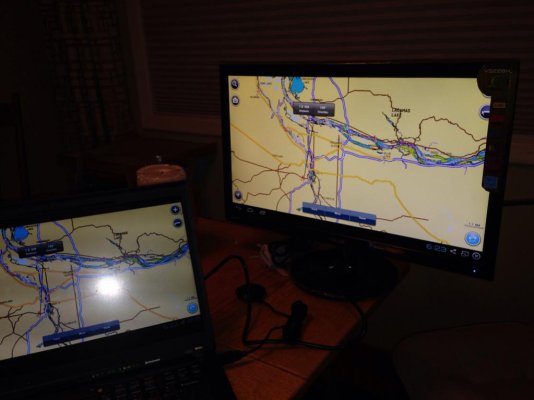angus99
Guru
Sorry if this has been covered elsewhere. (And I have a sense this is a pretty ignorant question.)
When we actually start using our boat, I expect to use the fly bridge as our principal helm. I want a large MFD up there on a NEMA network with inputs from depth, radar, cameras, etc.
I have a hard time justifying another $5K +/- for a similar setup for the lower helm, which we're only likely to use 20 percent of the time or less. Still, I want modern equipment on both stations.
The chart plotter on my fishing boat is dead easy to install and remove. Is it possible to share a single MFD between two helm stations on a network . . . moving it back and forth as needed?
(Before I buy anything, I'll wait and see if my estimates for time usage hold true.)
Thnx.
When we actually start using our boat, I expect to use the fly bridge as our principal helm. I want a large MFD up there on a NEMA network with inputs from depth, radar, cameras, etc.
I have a hard time justifying another $5K +/- for a similar setup for the lower helm, which we're only likely to use 20 percent of the time or less. Still, I want modern equipment on both stations.
The chart plotter on my fishing boat is dead easy to install and remove. Is it possible to share a single MFD between two helm stations on a network . . . moving it back and forth as needed?
(Before I buy anything, I'll wait and see if my estimates for time usage hold true.)
Thnx.
Last edited:





